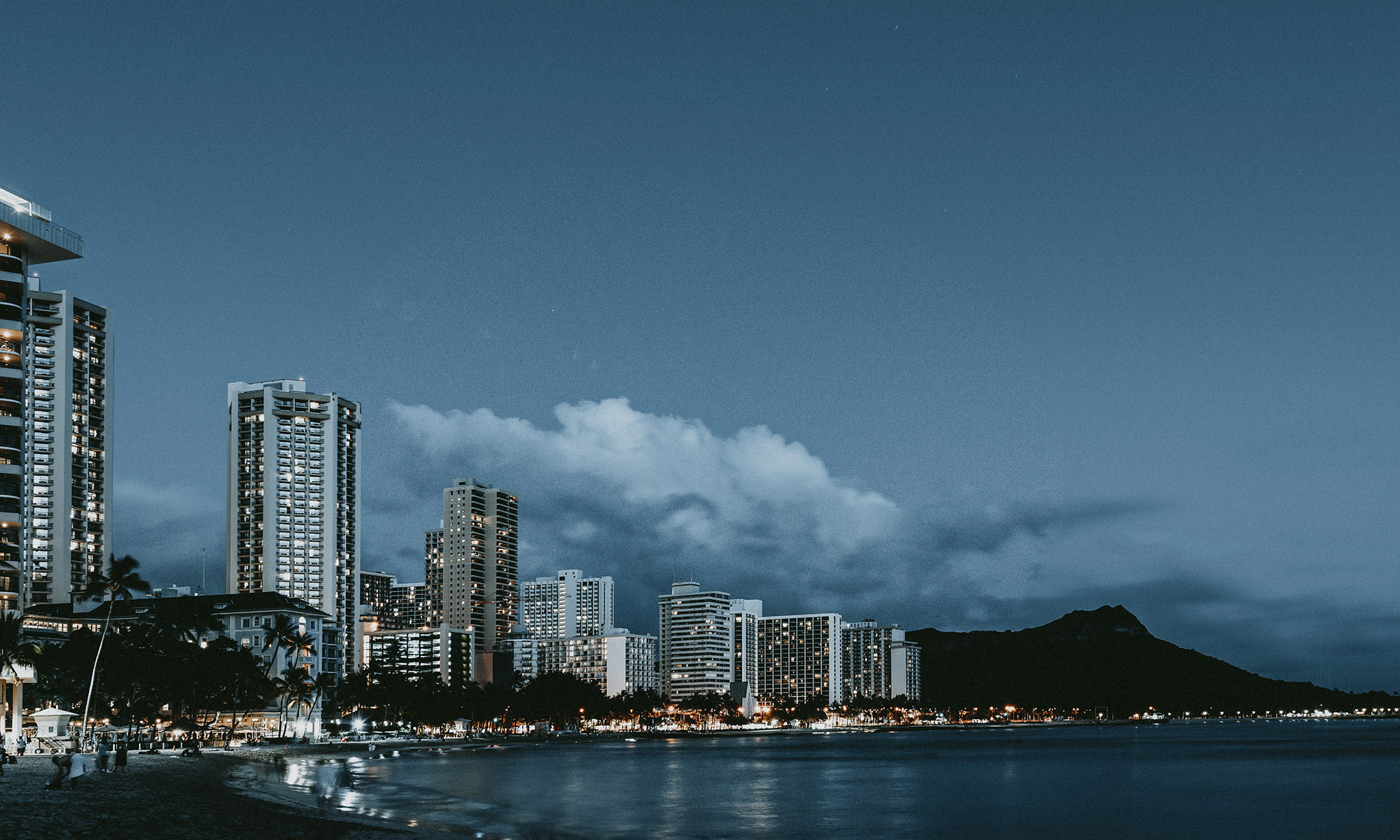Keali‘i Reichel, one of Hawaii’s true luminaries of mele and hula, opened a four-night, six-show engagement last night (Nov. 18) at Blue Note Hawaii. Performances continue today (Nov. 19) through Sunday (Nov. 21), at the Outrigger Waikiki venue.

They say absence makes the heart grow fonder, and you get better with age – and both apply to Reichel, one of Hawaii’s beloved entertainers. His followers have missed him during the pandemic that shuttered the performing venues and that break seems to have mellowed Reichel.
I once called him a reluctant singer, because while he boasts a heavenly voice, he’s been rather shy of strutting his stuff, from the vantage point of taking centerstage to croon like, well, Adele. Hello? He’s not Adele but he could take a few cues from her.
It’s been 27 years since Reichel issued his first and best-selling “Kawaipunahele,” a landmark album/hit that put him on the map as a vocalist and compose. Since then, he’s been a prolific contributor of Hawaiian and some haole titles that have made him a certified star.

Wish he would be more of an up-front-and-center headliner, like Adele.
It’s been about 40 years since he established his Halau Kealaokamaile and developed a trademark of tapping alakai – lead dancers/teachers — and hula stylists over the decades. I recall hearing him before seeing him, singing in a malo at a Kauai fund-raiser for his halau, back in the day.
It’s been two years since he appeared on the Blue Note stage, when he guest-starred with Ho‘okena during the early stages of the coronavirus crisis, in what loomed as a bona fide powerhouse of a double-bill.
It’s been nine years since he’s staged in his own show in Honolulu, though he infrequently has brought his star power to Maui venues. So he’s been ripe for this homecoming.

As he delivered his opening tune, he seemed to struggle his way into finishing “I Will Be Here,” a ballad in English which was one of his hits from earlier years. He gave a huge sigh of relief , “Whew,” when he completed the tune in the lone moment where he was front and center, singing into the mike, without a trusty guitar or ukulele which he would alternately strum throughout the rest of the show.
That static position — sitting with his three trusty accompanists and kinda tucking himself behind a fresh maile lei that hung on the mike stand – is not what stars generally do.
Assuredly, Reichel is a not just a singer/musician; he is a composer, a chanter, a dancer, a choreographer and a kumu hula of Halau Kealaokamaile. A true show biz hyphenate.
In a volley of charming but unnecessary self-deprecating comments, he admitted he was gay, er grey, and – alluding to the shutdown of the pandemic – fat but alive. He said he’s finally reached the uncle status, when younger folks use that nickname in the spirit of respect.
He said he was rusty, because he’s been idled by the pandemic, but I found him trusty, despite the staging concept. His compositions are in English and Hawaiian and suited for choreography, hence the waves of hula by his six dancers (and one alakai, a leader within the halau) who performed in gorgeous eye-filling hula, in mulitples of six, four, three or even one dancer.

Oh, and his backup trio and three backup singers, made it quite a crowd on stage. The instrumentalists provided stellar support, but the three voices often were not miked properly and had moments of not being properly heard.
Reichel never acted like a star and his style and manner haven’t changed much over the decades. He shared his stage time generously, with perhaps more hula than necessary.
He appeared wearing a black shirt over a pair of gray trousers, his graying hair coiled in a small ponytail, suggesting his 60ish age. A cluster of bracelets adorned his right wrist, and his only other jewelry was a white shell necklace.
And he was barefeet, sans shoes, the hallmark of a true hula stylist, and likely is/was the only other headliner taking the Blue Note stage minus footwear.. The other is/was the late Willie K, a fellow Mauian.
Reichel’s serenades favored Maui mele, reflections of home and life and love. (He’s gleeful about double-entendre tunes that relate emotions on two levels, one nice, one naughty).
The numbers ranged from the sit-down hula,”Ke Aloha,” by the ladies, and a graceful and sentimental “E O Mai,” one of his signature Hawaiian ballads.
While “Nematoda,” a novelty song, was one of his off-center favorites, Reichel did not share with his first-show audience his biggest hit, “Kawaipunahele,” a true misstep (he performed it as a hana hou entry for his second-show fans).
Adele would never leave her stage without sharing the likes of “Someone Like You,” “Rolling in the Deep,” or “Hello” … and Reichel should not abandon titles that made him a star, even if he doesn’t believe he’s a star. You get rusty when you lose the trust of your following…
And that’s Show Biz …
